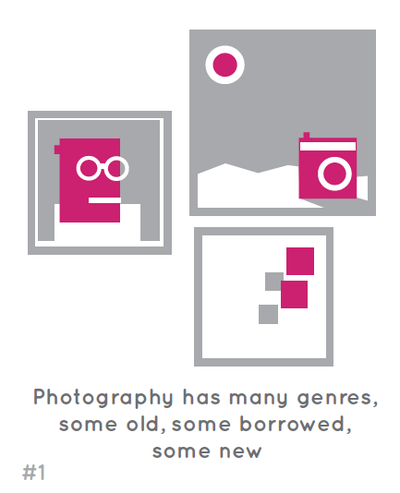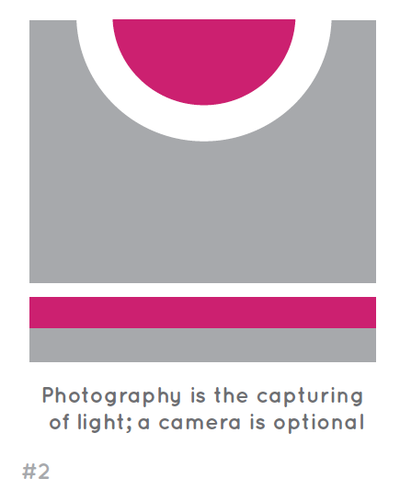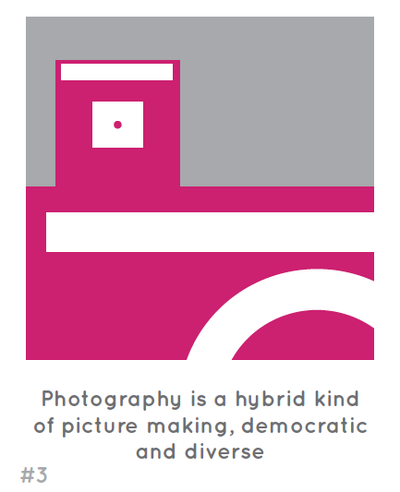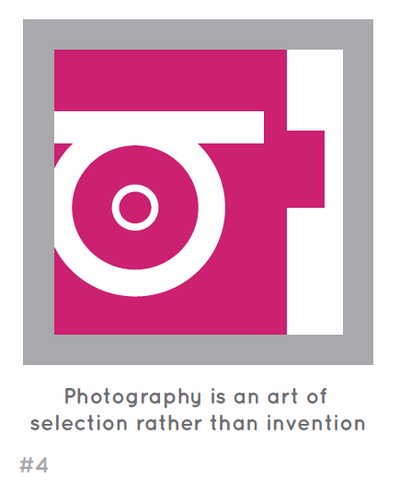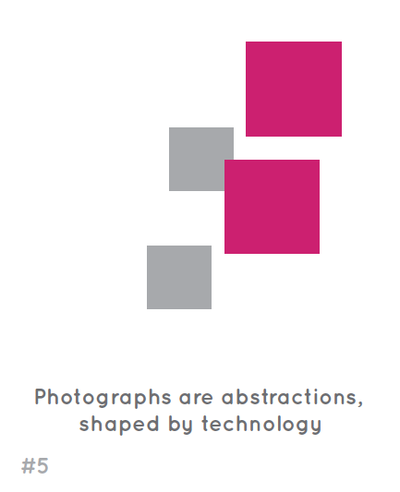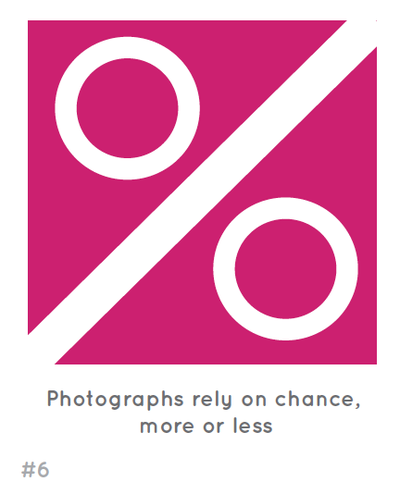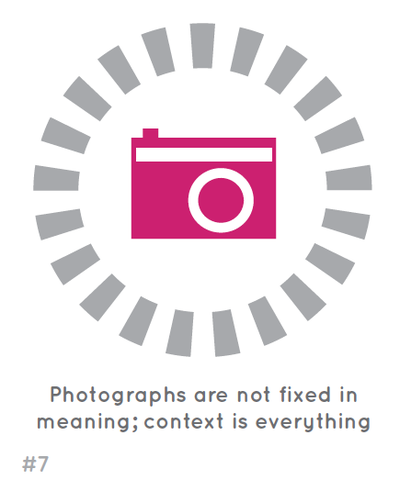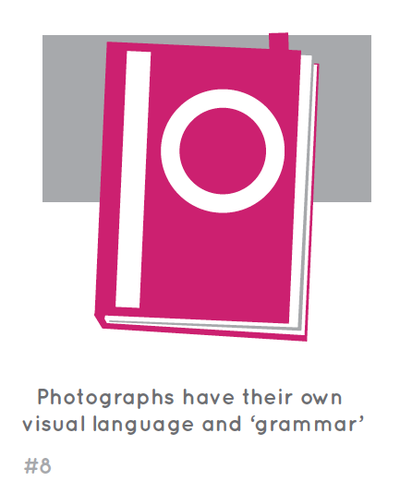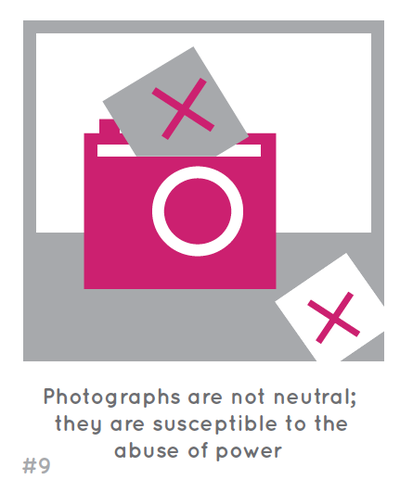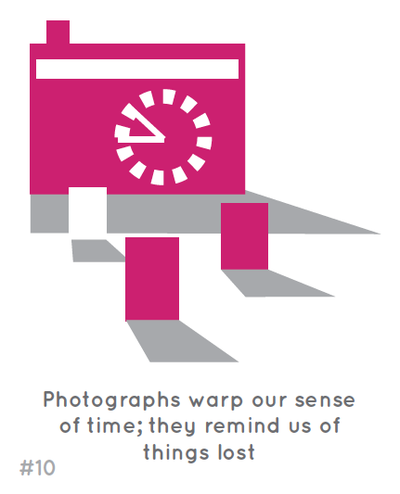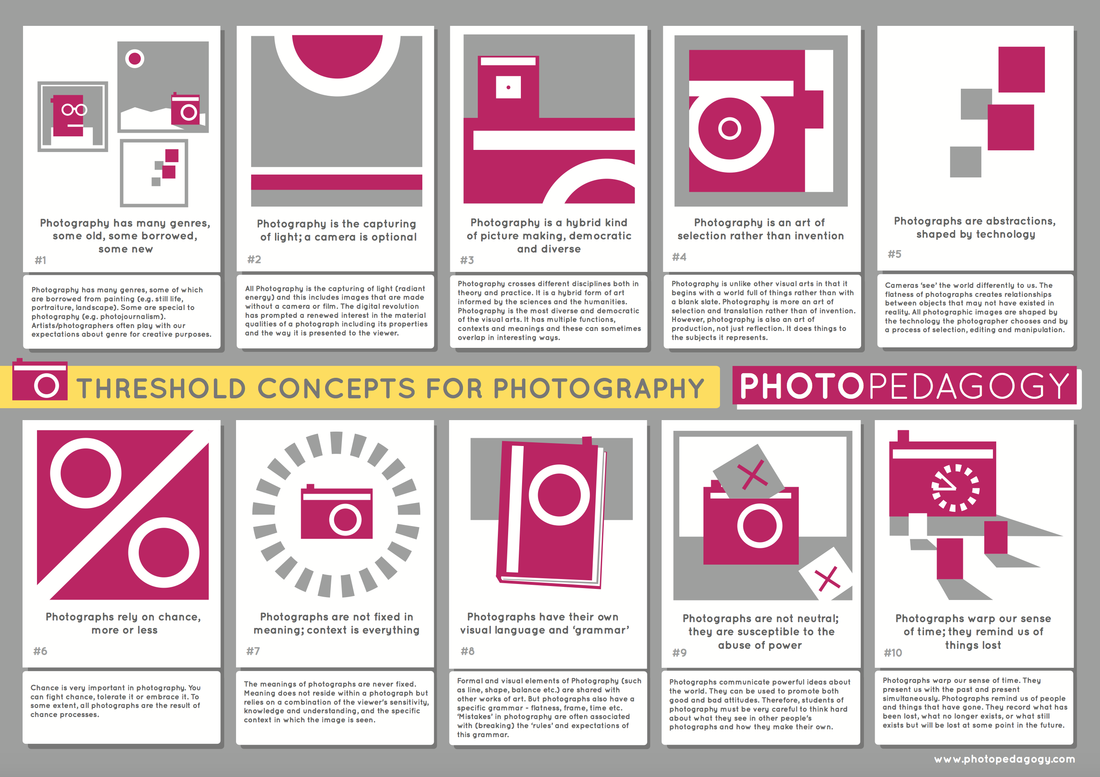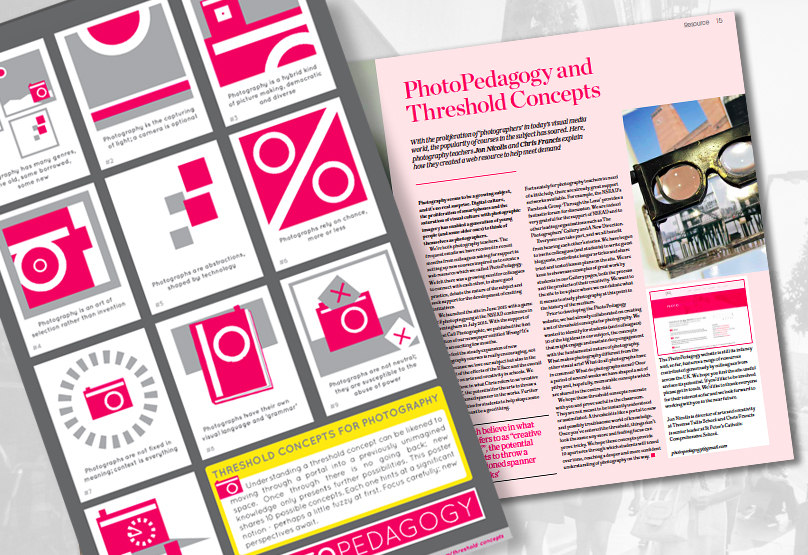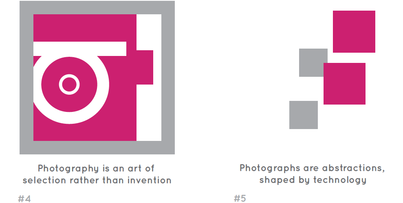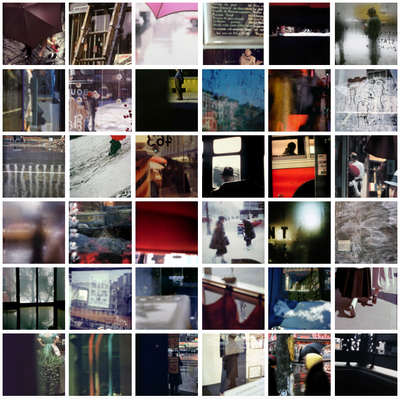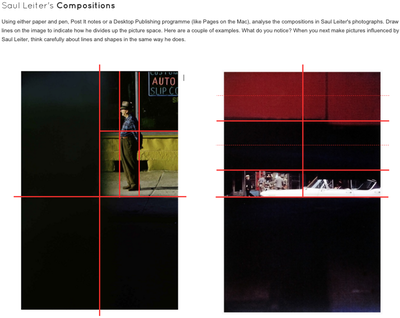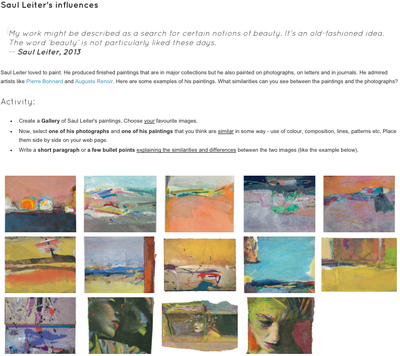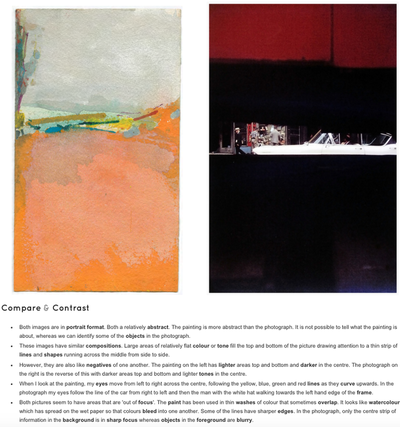What are Threshold Concepts?
Threshold Concepts are the BIG IDEAS that will help students develop a deeper understanding of photography. They are not meant to be instantly understood. Once opened, they introduce students to troublesome knowledge; a new way of seeing the subject they are studying. As students become more confident, working their way across the threshold, they will begin to recognise and understand these big ideas. They will become more useful in helping them think hard about what they do, whether that's looking at other people's photographs or making their own.
Each concept is illustrated below in four ways - a graphic, a number, a one sentence description and a more detailed explanation that appears when you hover over each of the pictures. Clicking on each of the graphics below takes you to a very detailed exploration of each concept. Some of the language used may be unfamiliar to students. They may need to look up definitions and do a bit of their own exploring to make sense of each concept. We recommend that teachers introduce students to these concepts at various points in a course of study, linked directly to their research and visual experiments. An example is included below.
Each concept is illustrated below in four ways - a graphic, a number, a one sentence description and a more detailed explanation that appears when you hover over each of the pictures. Clicking on each of the graphics below takes you to a very detailed exploration of each concept. Some of the language used may be unfamiliar to students. They may need to look up definitions and do a bit of their own exploring to make sense of each concept. We recommend that teachers introduce students to these concepts at various points in a course of study, linked directly to their research and visual experiments. An example is included below.
Feel free to make use of these concepts in whatever way you feel is appropriate. Let us know if you find them useful. We're always happy to feature experiments and examples of good practice on our blog. If you manage to weave any of the concepts into a lesson plan or scheme of work, we'd love to feature it on the site. Obviously, these concepts are only 10 possible ways of thinking about the big ideas in photography. What have we missed?
Threshold Concepts in photography
|
|
Threshold Concepts in actionYear 10 students at Thomas Tallis School have explored the theme of Abstraction in photography with reference to a range of photographers including Harry Callahan, Laszlo Moholy-Nagy and Uta Barth. You can see the detailed scheme of work on the course website and a version of it is also published here. In the context of studying the photographs of Saul Leiter (linked to the exhibition at The Photographers' Gallery in 2016) the students were introduced to two of the Threshold Concepts.
|
Concepts #4 and #5 both deal with the photograph as a form of abstraction. The students have been introduced to the idea of a sliding scale of abstraction in art. All works of art, including photographs, are in some sense abstract because they are not exact copies of real life. Some are more abstract than others. Photographers create abstractions through: the choices they make about what to include within and exclude from the frame; where they put the edges of the photograph; what they keep in focus; how they compose their shot etc. In the case of Saul Leiter, a love of painting, his choice of Kodachrome colour transparency film, the frequent use of a telephoto lens, and a particular sensitivity to the beauty of everyday life, all contribute to the special way his photographs look. The students have been encouraged to analyse his photographs and even compare them to his paintings, prior to seeing them in the context of an exhibition. They have attempted to make photographs inspired by Saul Leiter, using a telephoto lens, thinking about focus, depth of field and unusual compositions. Reference to the Threshold Concepts has helped them reflect on what they are doing in this project but, hopefully, they will also help them make imaginative connections with their experiments in other projects later on in the course.

